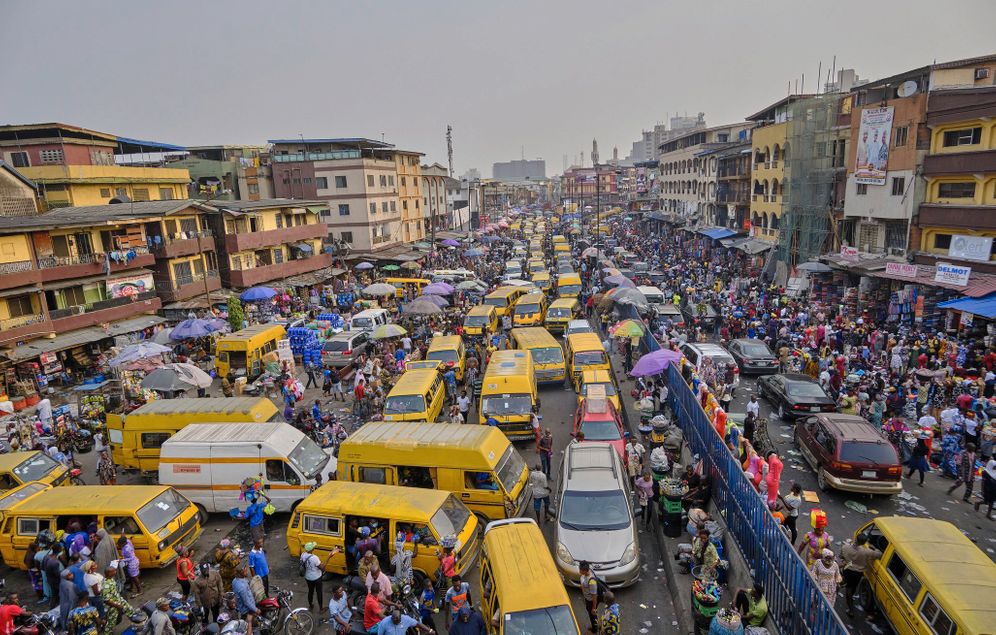Featured
What jobless growth looks like for Nigeria and the challenges it poses

Nigeria is the most populous country in Africa and has one of the fastest-growing economies on the continent. However, despite this growth, Nigeria has been struggling with the issue of jobless growth. In this article, we will explore what jobless growth looks like for Nigeria and the challenges it poses for the country.
Jobless growth is a phenomenon that occurs when economic growth does not lead to the creation of sufficient job opportunities. In Nigeria, jobless growth is a significant challenge, as the economy has been growing, but the unemployment rate has been on the rise.
One of the major indicators of jobless growth in Nigeria is the high unemployment rate. According to the National Bureau of Statistics, the unemployment rate in Nigeria stood at 33.3% in the fourth quarter of 2020, the highest in over a decade. This means that over 33% of the country’s labor force is without jobs, which is a significant challenge for the country’s economic development.
Another indicator of jobless growth in Nigeria is the high level of underemployment. Underemployment is a situation where people are employed but not engaged in full-time work or are employed in jobs that are below their skill level. In Nigeria, the underemployment rate stood at 22.8% in the fourth quarter of 2020, indicating that many people are not utilizing their skills and potential to the fullest.
The lack of job opportunities in Nigeria is a significant challenge for the country’s young population. With over 60% of the population below the age of 25, Nigeria has one of the youngest populations in the world. However, the high unemployment rate has left many young people without jobs, which could lead to social unrest and instability in the country.
Jobless growth in Nigeria is caused by several factors. One of the major factors is the slow pace of economic diversification. Nigeria’s economy is heavily dependent on oil exports, which account for over 90% of the country’s foreign exchange earnings. The over-reliance on oil has made the economy vulnerable to fluctuations in oil prices, which have led to economic instability and job losses.
Another factor contributing to jobless growth in Nigeria is the lack of investment in infrastructure and human capital development. Nigeria’s infrastructure is inadequate, and this has limited economic growth and job creation. The country also has a large skills gap, with many young people lacking the skills and education required to compete in the global job market.
Jobless growth in Nigeria has several implications for the country’s economic and social development. It could lead to increased poverty, inequality, and social unrest. It could also discourage foreign investment, as investors would be reluctant to invest in a country with a high unemployment rate and unstable social and political conditions.
To address the issue of jobless growth in Nigeria, the government must take bold steps to diversify the economy and create jobs. This could involve investing in infrastructure and human capital development, promoting entrepreneurship and small businesses, and creating a favorable business environment that attracts foreign investment.
In conclusion, jobless growth is a significant challenge for Nigeria’s economic and social development. It is characterized by high unemployment and underemployment rates, which have significant implications for the country’s young population and economic stability. To address this challenge, the government must take bold steps to diversify the economy and create jobs, which could lead to sustained economic growth and social development.






